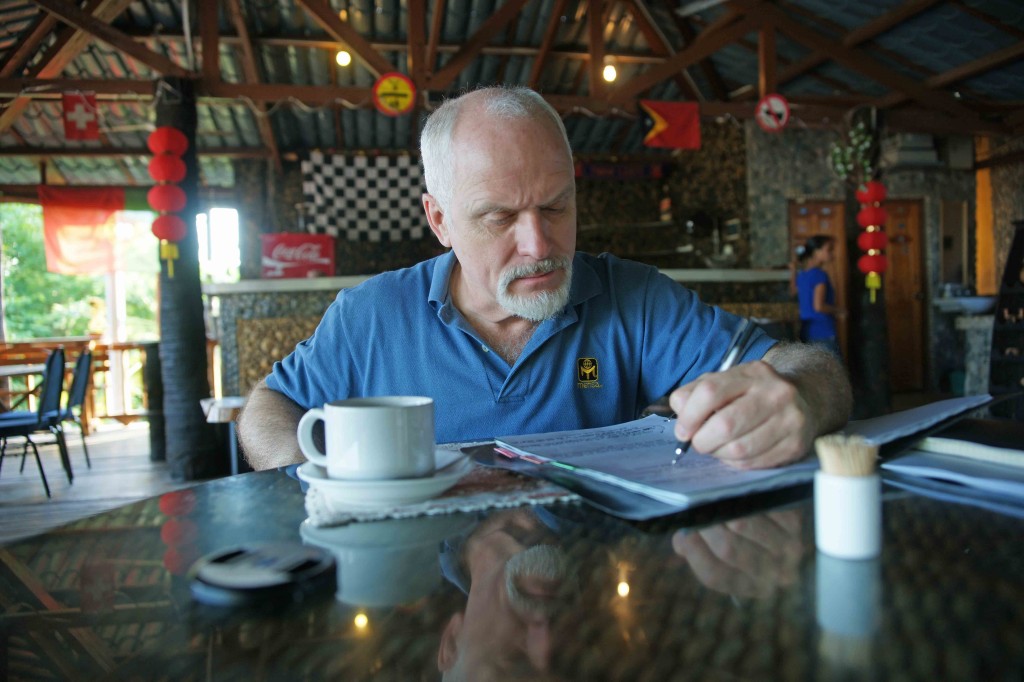
Photo: Rob at Hotel California, Dilli, East Timor
After a short conversation with Rob, I asked to feature him on Little Observationist because he’s a natural storyteller, a writer, a traveller and a photographer – all top interests of my own. Rob travels to observe the little things in life, to soak up his surroundings and the stories of the people he meets along the way, all of which is compiled into a collection of travel journals and is the inspiration for a trilogy he is currently writing. Read on for tales of a memorable encounter with a Canadian engineer in Nepal, the wonderful scents that surround Rob’s North Carolina home and a nail-biting plane ride out of a storm in Antarctica.
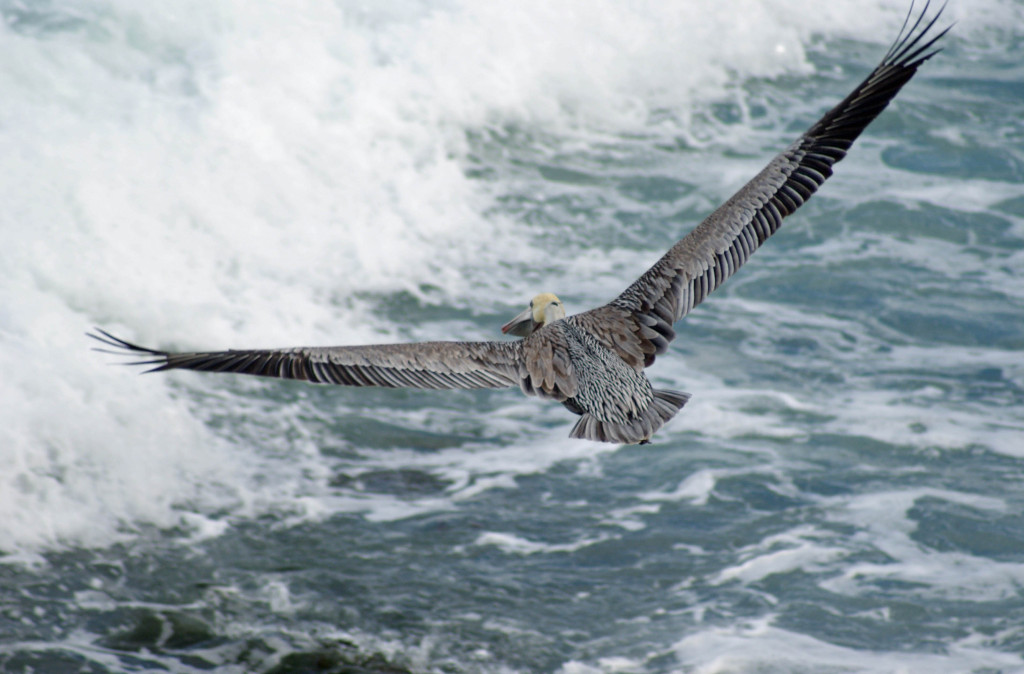 Photo: Brown Pelican (male) over 22 foot surf, La Jolla, California
Photo: Brown Pelican (male) over 22 foot surf, La Jolla, California
LO: Tell us a bit about yourself and your background.
RW-H: I am a Nova Scotian New Yorker from Arizona, but I live in North Carolina. I consider Victoria, British Columbia to be my home town, but I’ll always be a Nova Scotian. The one thing that we can never change about ourselves is where we were born.
My wife, Sarah, and I are fixing up an old house and farm in NC, and I grow blueberries. We have a pond and about a mile of trails through the woods. It’s like our own little Giverny or Walden. Most of all, I enjoy travel, photography and writing.
I am working on three novels—a whole trilogy at once. I have embedded several short stories and poems into the storylines of the novels.
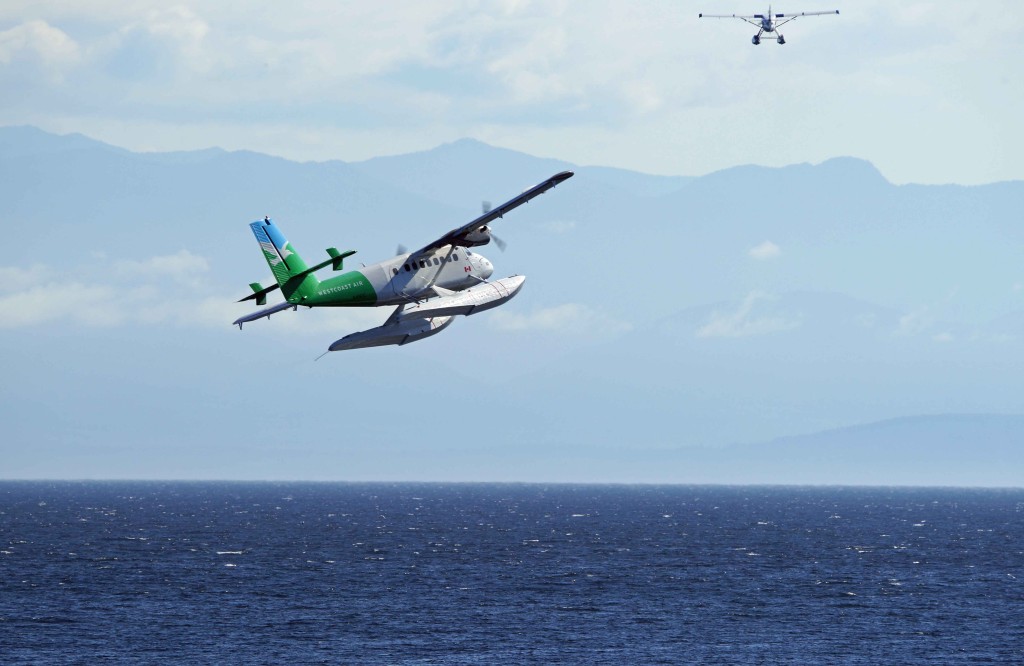 Photo: Float planes off Victoria, BC
Photo: Float planes off Victoria, BC
LO: When did travel become such a significant part of your life and what would you say if your guilty pleasure while abroad?
RW-H: Although I’ve always enjoyed travel, I couldn’t do much of it while I was practising law or other careers that tied me down. After moving to the States in 2000, travel really opened up for me. I have visited all seven continents and 50 countries since then. My ‘guilty pleasure’ is to travel so much that I wake up in a foreign land and I forget where I am from and where I am going.
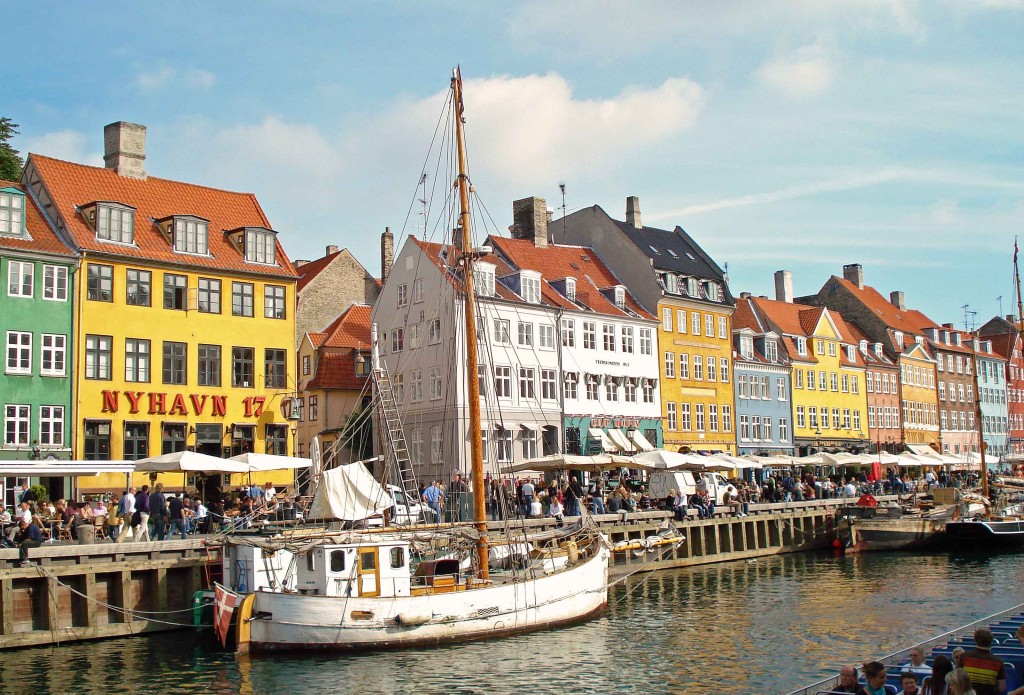
Photo: Nyhavn, Copehhagen, Denmark
LO: You spend a significant amount of time in Singapore. What most engages each of your senses in this country?
RW-H: Soon after I started on this travel odyssey, Singapore became a favourite home away from home. (I have also spent a good bit of time in Prague and Dublin). Singapore has fewer cars than in Western cities, so it doesn’t have the incessant noise of traffic and horns. On one small island, ‘Singers’ has all of the sights, sounds, colours and tastes of the Orient. There are four main cultures in the city (Chinese, Malay, Indian and English), and four languages and religions. Temples, mosques and pagodas share the island in harmony with sky-scraping banks and computer component factories. Even in downtown, the smells of markets full of spices and tropical flowers are pervasive. High-rise housing blocks sprout across the landscape as far as the eye can see, yet the towers are not as close together as in Hong Kong. You are never in the shadows at midday.
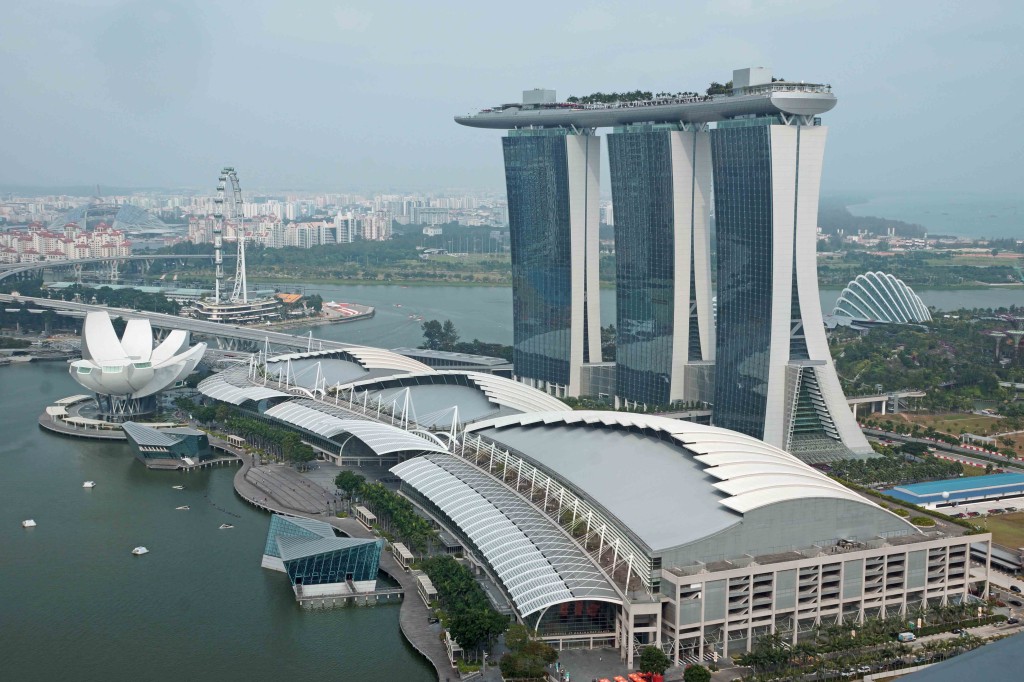 Photo: Sands Hotel/Casino, Singapore
Photo: Sands Hotel/Casino, Singapore
LO: And what engages each of your senses when you’re in North Carolina?
RW-H: I hate the conservative politics and endemic political strife that has seized North Carolina, but the weather is temperate even if the political climate isn’t. Winter in Carolina is mild compared to the North, and the summer doesn’t suffocate you the way Florida does. I do a lot of thinking while sitting in my well-arboured backyard with a good supply of wine, fruit, hummus and pita. We often have a chorus of bull frog baritones and tree frog tenors down by the pond. The muggy summer breeze wafts up the sweet perfumes of the South—honeysuckle and wild roses.
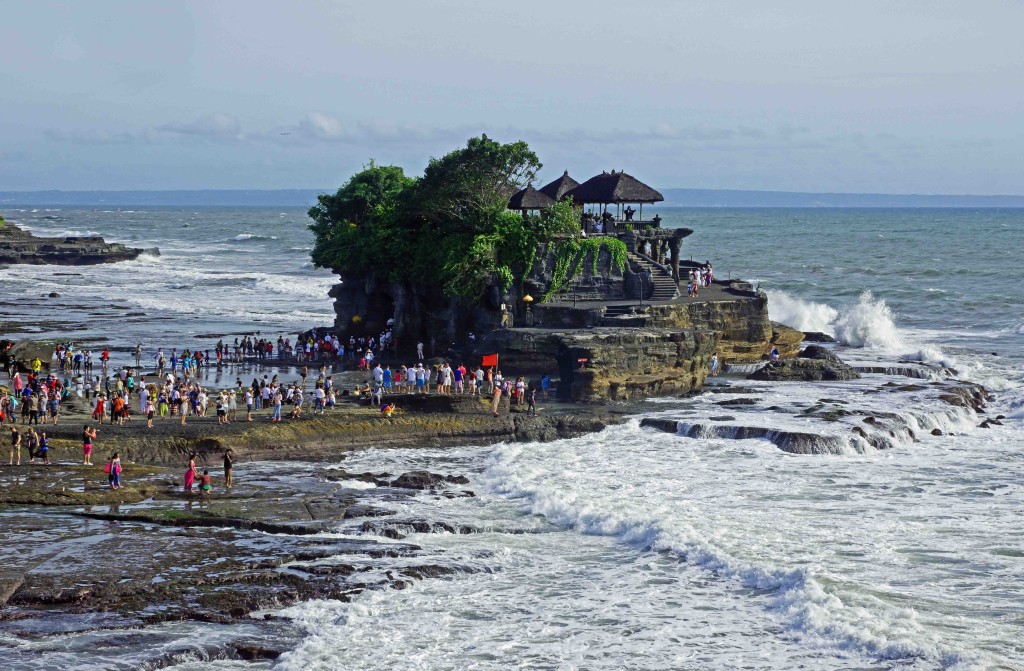 Photo: Hindu temple, Tanah Lot, Bali, Indonesia
Photo: Hindu temple, Tanah Lot, Bali, Indonesia
LO: What’s your favourite way to pass the time on a long haul flight?
RW-H: I pass time on long flights by working on my travel journals. I’ve kept a travel journal for every trip I have ever taken outside of North America. My friends know this. Several years back, I was talking to a friend in Arizona about a surgery I would soon undergo. He gave me the typical assurances about everything going fine, not to worry, etc. Then he changed his tone and said: “But just in case it doesn’t go well and you die on the operating table—can I have your travel journals?”
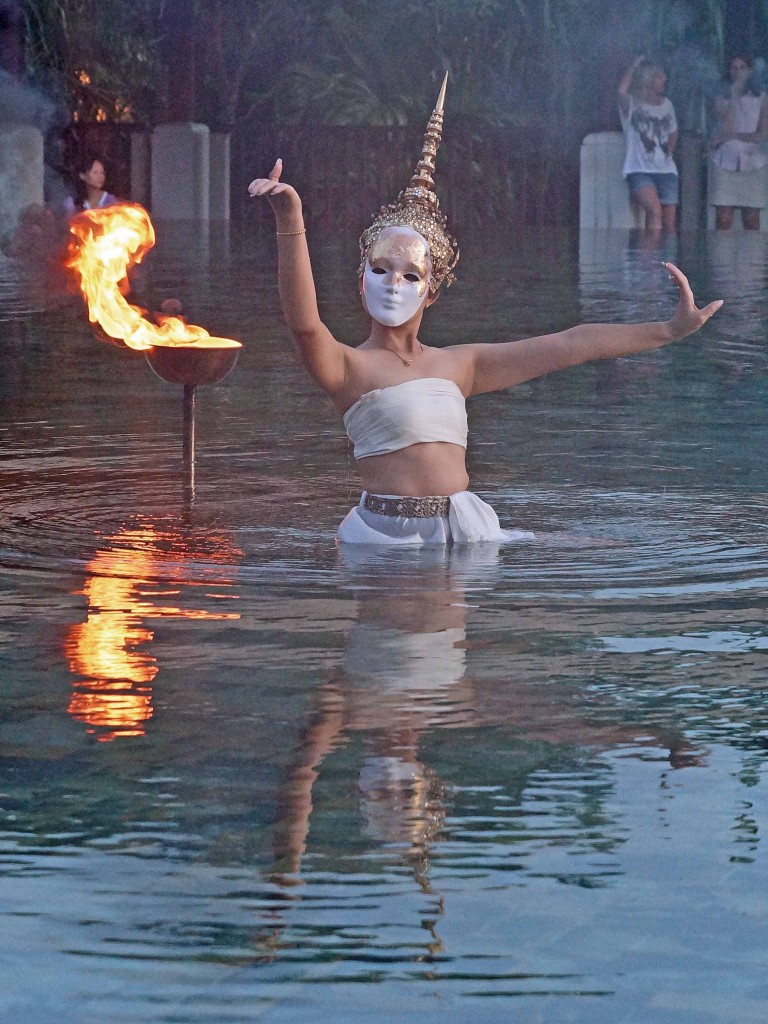 Photo: Fire dancer, JW Marriott Resort, Phuket, Thailand
Photo: Fire dancer, JW Marriott Resort, Phuket, Thailand
LO: Tell us about one of the most memorable interactions you’ve had with a local on your travels and why it stood out for you.
RW-H: I think my most memorable interaction with a local was with a man in Pokara, Nepal. The man was originally from Canada, but he had settled down in that city by a lake at the foot of the Central Anapurna Range. One day I was walking on the main drag in the tourist district when I heard someone yelling: “Hey Canada. Up here.” An engineer, originally from Alberta, had spotted a small Maple Leaf on my camera strap. He was leaning over the railing of an open-air bar. I went up to join him.
The man was 57 and unmarried at the time he arrived in Nepal two years earlier. While visiting Kathmandu he decided to take a trip up into the mountains. Maoist guerrillas were fighting the government back then, but he was assured that there was no rebel activity near Pokara. He was drinking in that very bar—the Rainbow Room—when he heard the faint sounds of machine guns and mortars in the distance. He continued drinking.
The shots drew closer. Soon there were rebels with machine guns mounted on Toyota pickup trucks roaring into the city, firing indiscriminately. The waitress screamed. He tipped over the table and pulled her to the floor—protecting her with his own body. Apart from broken mirrors, splintered wood and spilled drinks, there was no serious harm done. The frantic waitress was pregnant, and her husband had recently been killed in the fighting. The Canadian engineer assured her that he would try to help her. He pulled the table upright, had another drink, and then went down to Kathmandu to meet with immigration officials. As soon as possible, he returned to Pokara and married the much younger woman. The confirmed bachelor now has a family there with two young children.
Married couples are often asked: “Where did you meet?” The typical answer is: “We met at university or at work, or at a dinner party.” He can say: “We met in a bar in the foothills of the Himalaya while Maoist rebels were firing machine guns all around us.” It doesn’t get any more macho than that. To a man, that is truly romantic. I like the story so much that I’ve worked it into book two of my novel trilogy.
LO: Besides travel writing, you’ve also worked in Law and Banking and a number of other sectors. What was your most unusual job? Tell us briefly about a typical day on that job.
RW-H: I have worked as a litigation lawyer, but I did not thrive. Court is just a liar’s jamboree. Imagine the fun in trying to give speeches on complex minutia while people in the front row are paid hundreds of dollars per hour to try to humiliate you. I also worked with estates and trusts, and in urban planning. Before law school, I worked as a truck driver, a bus driver and a map-maker. Then I broke rocks—a half mile closer to hell in the world’s largest underground copper mine.
My favourite occupation was working as an oiler on ships. In summers during law school I worked for Queen’s Harbourmaster as a civilian employee of Royal Canadian Navy at HMC Dockyard Halifax. Although I was an engine room assistant, I sometimes worked on deck as well. I worked on crane barges, submarine tenders, ammunition lighters, tugs and harbour ferries.
A good day might involve towing targets for the navy gunners to shoot at. We would go to sea for a couple of days, towing a target behind us on a kilometre of spring line. If a stray round ever landed within a couple hundred metres of our ship, the Old Man would get on the horn and yell obscenities loud enough to be heard in Ottawa. I often stunk of diesel oil and black rum back in those days, but it was more fun than any young lawyer deserves.
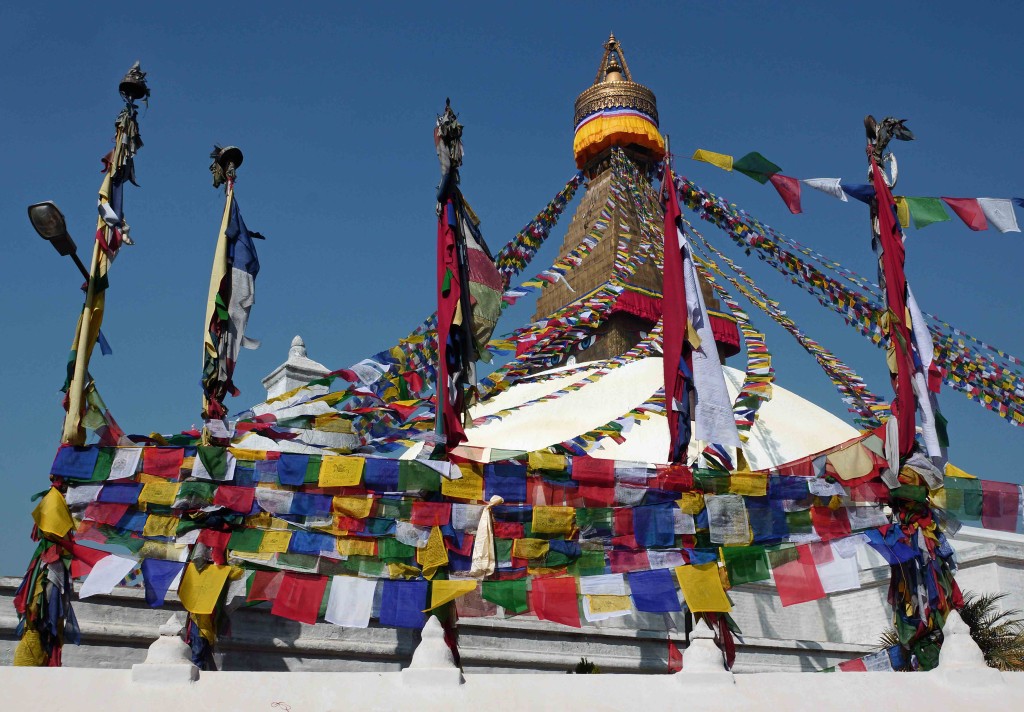 Photo: Prayer flags over Boudanath Stupa, Kathmandu, Nepal
Photo: Prayer flags over Boudanath Stupa, Kathmandu, Nepal
LO: What has been your scariest moment while travelling?
RW-H: My scariest travel moment came at midnight on King George’s Island, Antarctica, during the Southern summer month of February. Although virtually all tourists to Antarctica go on small cruise ships, the $25,000 ticket was a bit steep for me. Instead, I flew on a small airline that carries supplies and mail down to the many research stations dotting the Antarctic Peninsula. That meant four hours in a small plane, flying over the roughest seas on earth, to land on a narrow plateau in the windiest place on earth.
Eight of us were the guests of a Chilean research station. We had a good day zipping around on Zodiac boats to visit glaciers and penguin rookeries. Then the weather started to turn. A large summer blizzard started barreling up the peninsula from the ice sheet over the Bellingshausen Sea. Our hosts presented us with a choice: “Do you want to bug-out early ahead of the storm, or do you want to remain on base for a couple of weeks to wait for the storm to pass?” The others in my group started fussing about their jobs and their kids and their airline reservations. I was the only one who wanted to ride out the storm in Antarctica.
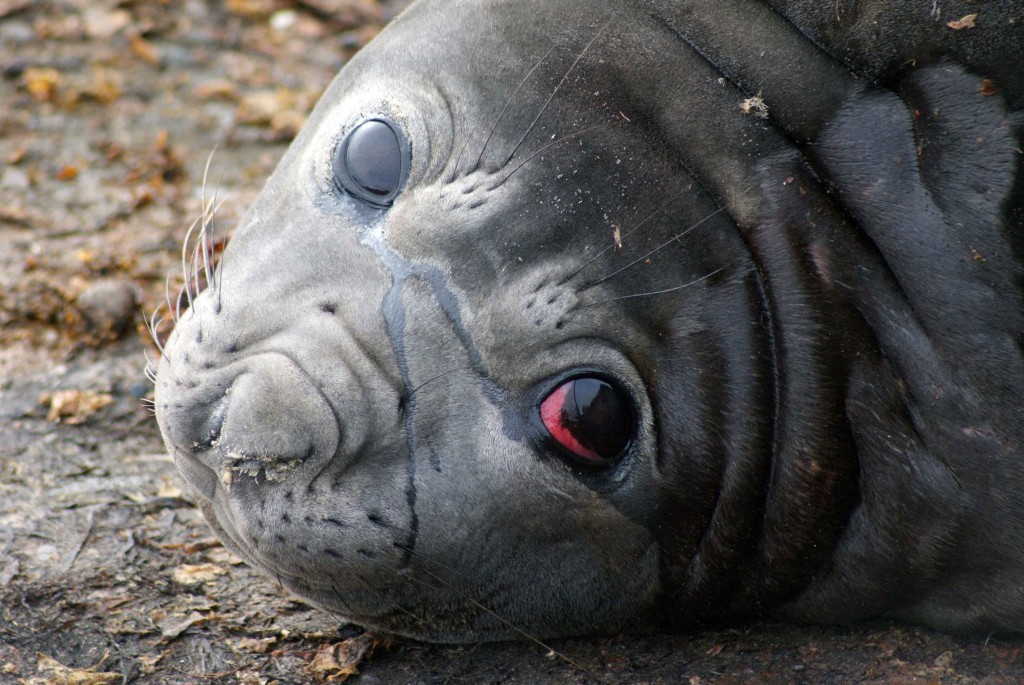 Photo: Female elephant seal, Isla Rey Jorge, Antarctica
Photo: Female elephant seal, Isla Rey Jorge, Antarctica
At 23:30 that night we got the call to bug-out on the double. Suddenly it was snowing hard. The stinging wind howled and swirled as we made our way up to the landing strip. As we boarded the little Beechcraft 19 we saw air cadets trying to clean snow off the wings with brooms. There were no de-icing facilities and no runway lights—just deep white snow covering black basaltic pebbles.
By the time we lumbered to the far end of the plateau in pitch darkness, I think the others were re-evaluating the decision to leave during a raging Antarctic blizzard. We turned into the gale and the two turbo-prop engines revved up. All knuckles were white, and someone mumbled the 23rd Psalm. The plane lurched forward, at first just crawling through the snow. Then we picked up speed and the plane bounced and skipped along its un-lighted course. By now everyone wanted to turn back to the warm safety of the bunkhouse, but it was too late. We couldn’t even see the ends of the wings, yet we knew that we would soon run out of runway.
Finally the dark plateau plunged down to the icy sea. We actually dropped down—like jets do when they fly off the end of an aircraft carrier. I closed my eyes and tasted bile while waiting for our destruction. There was no crash. The twin engines screamed louder than the Antarctic wind. The plane shook violently and jumped about like a cricket crossing hot pavement. Then it almost felt like we were climbing—rising up, then pushed back down. A few more tense minutes of being tossed around like an unwanted toy, and then a cheer went up. We had climbed safely beyond the violent ocean’s reach.
After 15 minutes of heart-pounding terror, most of us slept like babies for four solid hours. Across the Drake Strait and over Cape Horn to the Chilean side of Tierra del Fuego. As we left with the sun rising over Punta Arenas’ airport, we strutted like astronauts just home from the moon. Oh yeah. We had ‘The Right Stuff.’ Looking back, I realise that we were idiots.
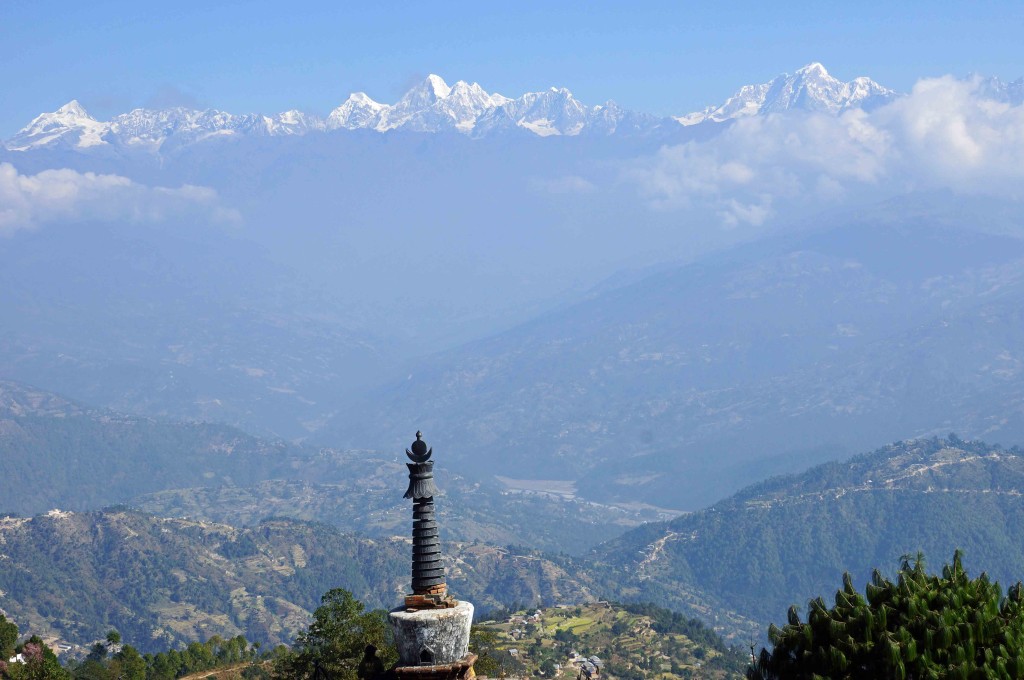 Photo: Central Anapurna Range viewed from Nagarkot, Nepal
Photo: Central Anapurna Range viewed from Nagarkot, Nepal
LO: Where are you off to next?
RW-H: I recently spent a month in Prague and Jerusalem. Then I spent January in Singapore, Bali and Cambodia. I need to stay home for a while to put my universe in order. In a few months I hope to be able to spend some time in Montreal. At some point I will have to go back to Buenos Aires as well, because both cities play an important role in book three of my trilogy. I am going out of my way to provide alternatives to overused New York/London/Los Angeles settings. Book two will be truly global, and book one is set in Prague and Eastern Europe.
I love hanging around foreign cities—just soaking up atmosphere and stories like a sponge. Longer trips aren’t always possible, but I jump at every opportunity and I never miss a bargain or a trick. Beyond that, I’ll have to spend a lot more time trying to peddle my stories than to write them. Marketing… ick.
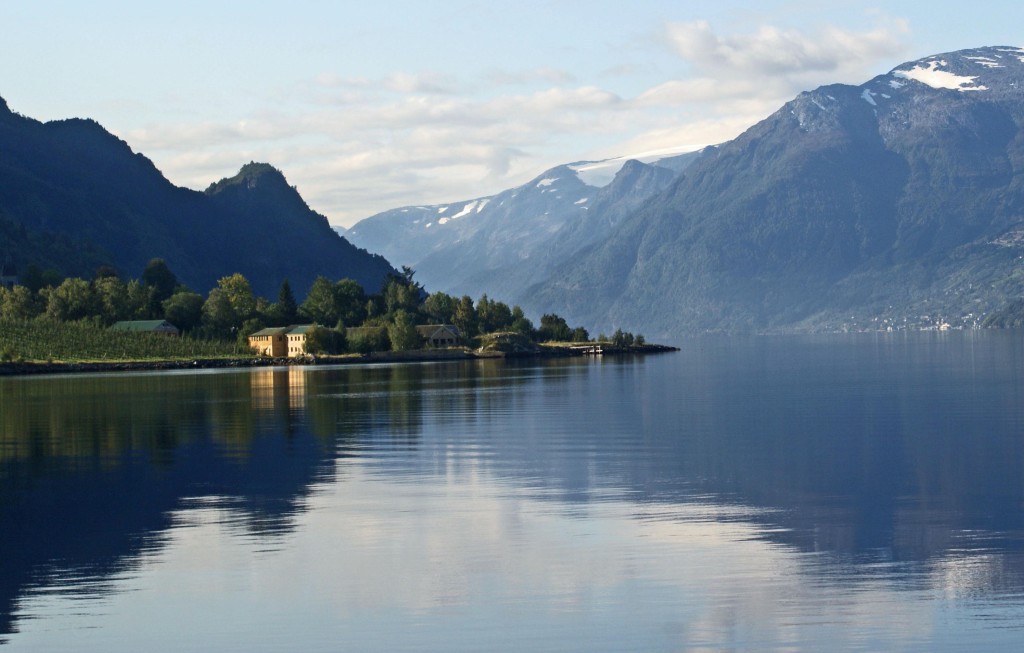 Photo: Hardanger Fjord, Norway
Photo: Hardanger Fjord, Norway
Thanks Rob!

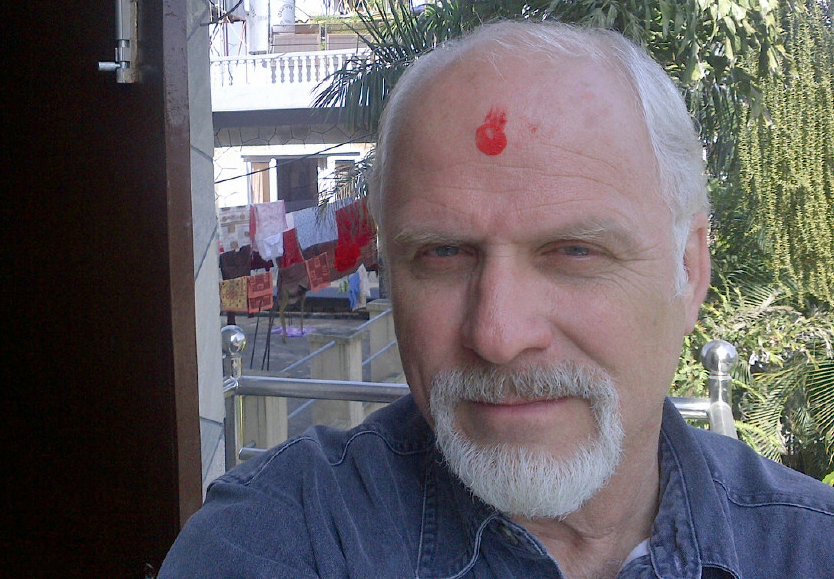
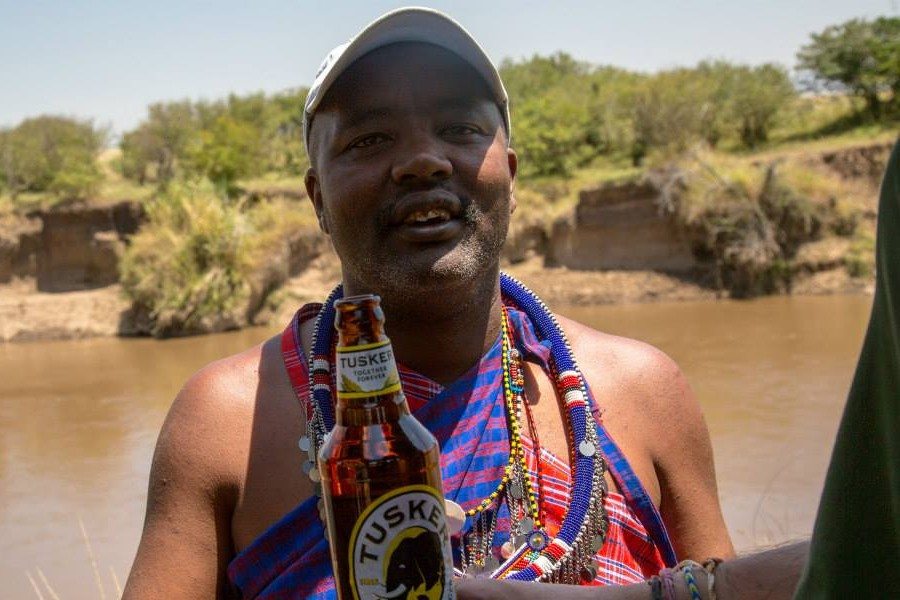
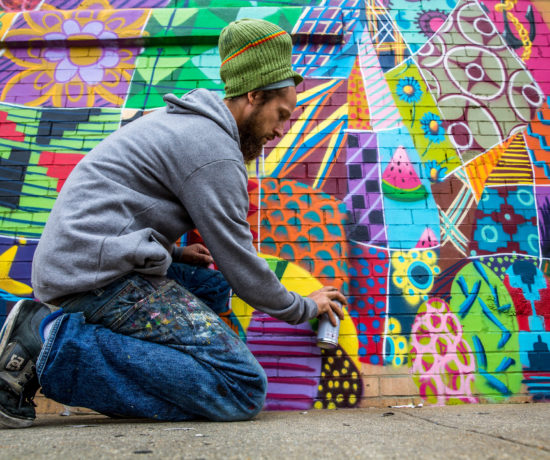
5 Comments
Diana Mieczan
February 26, 2014 at 5:52 pmI loved reading this interview and the photos are brilliant too…Btw: 50 countries? That is wow!!! Kisses
littleobservationist
February 26, 2014 at 6:17 pmI know! Pretty impressive, right? So many stories 🙂
Nadia
March 11, 2014 at 11:07 amA very nice person and story. A very nice reading 🙂
Mem LeBleu
March 17, 2014 at 3:04 pmI have the privilege of seeing Robert every now & then at the local coffee shop in NC. His photos are truly phenomenal in person. I can’t want for his travels books to come out!!!
littleobservationist
March 17, 2014 at 4:31 pmYes, I am looking forward to the books too! He’s clearly an interesting storyteller 🙂